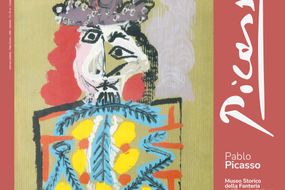From 15 October to 12 January 2026

San Marco 3958, , Venice, Italy
Opening hours
| opens - closes | last entry | |
| monday | 24:00 - 24:00 | |
| tuesday | Closed now | |
| wednesday | 10:00 - 18:00 | |
| thursday | 10:00 - 18:00 | |
| friday | 10:00 - 18:00 | |
| saturday | 10:00 - 18:00 | |
| sunday | 10:00 - 18:00 |

From 4 October to 25 January 2026
Picasso

Historical Museum of Infantry, Rome

Artsupp Card: museum + exhibitions 10.00 €